Team Inventory

Grocery stores live and die based on how well they know your buying habits. Everything has been carefully planned and designed with the goal of getting you to spend more money. Using complex algorithms, stores maximize inventory to match your shopping preferences.
Can you say you know your organization’s greatest asset — your people — so well? When was the last time, if ever, you took inventory of your people?Taking the time to reflect on exactly what your people individually, and as a team bring to the table provides you have an opportunity to maximize knowledge, experience, and skill across the board.
Step One – Assess Engagement
Assess the level of engagement of all team members. This drills down on who you perceive to be the most effective team players, who has a strong knowledge base but needs some extra support, and who may be disengaged.
Draw a circle to represent the team structure, placing the name of the team leader in the middle. Now you are going to write the names of all of those on your team. If the employee:
- Is your top performer, committed to the organization, is highly engaged and holds themselves and their fellow employees accountable, write their name inside the circle;
- Needs more experience, or has some level of improvement to make, or perceives themselves and their work differently than you do, or their team leader does, write their name on the circle;
- Is disengaged, write their name outside the circle.
Not all employees fall so neatly into these three categories, but this exercise is meant to be a quick assessment, so base your responses on your gut instinct.
Now take a step back. Do you see any patterns? Are people in certain departments clustered together? Are there similarities in the groups you designated?
Step Two – Team Inventory
Answer the following questions:
- Who has special knowledge? What is that knowledge?
- Who has special skills? What are those skills?
- Who has special experience? What is that experience?
Step Three – Develop a Strategy
For each of the individuals listed in Step Two,
- What do you observe as something they can improve
- List an area that would help them improve on the job
Take this exercise to the next level by asking each person what they feel they need to improve, as well. People are more likely to follow through on performance goals when they self-identify.
Step Four – Team Strategy
Ask yourself, “What could I do to make it happen?”
Don’t panic. This doesn’t mean you are the only person responsible for providing the support. Designate the people who have the specific knowledge and experience to mentor or coach those that need their wisdom. You may find that one of your disengaged employees has a unique skill set, but has not been given the opportunity to share it. Sharing knowledge is one of the greatest intrinsic motivators.
You may also discover that all of your top performers are heavy on certain skills, but lack others. How can you facilitate the distribution of knowledge wealth?
Not only will a team inventory provide you with direction on how team members could support one another, it will show you a path for how to build the knowledge base of all team members, strengthening the team bench and effectively transferring critical experience and knowledge from long-time employees to new hires.

